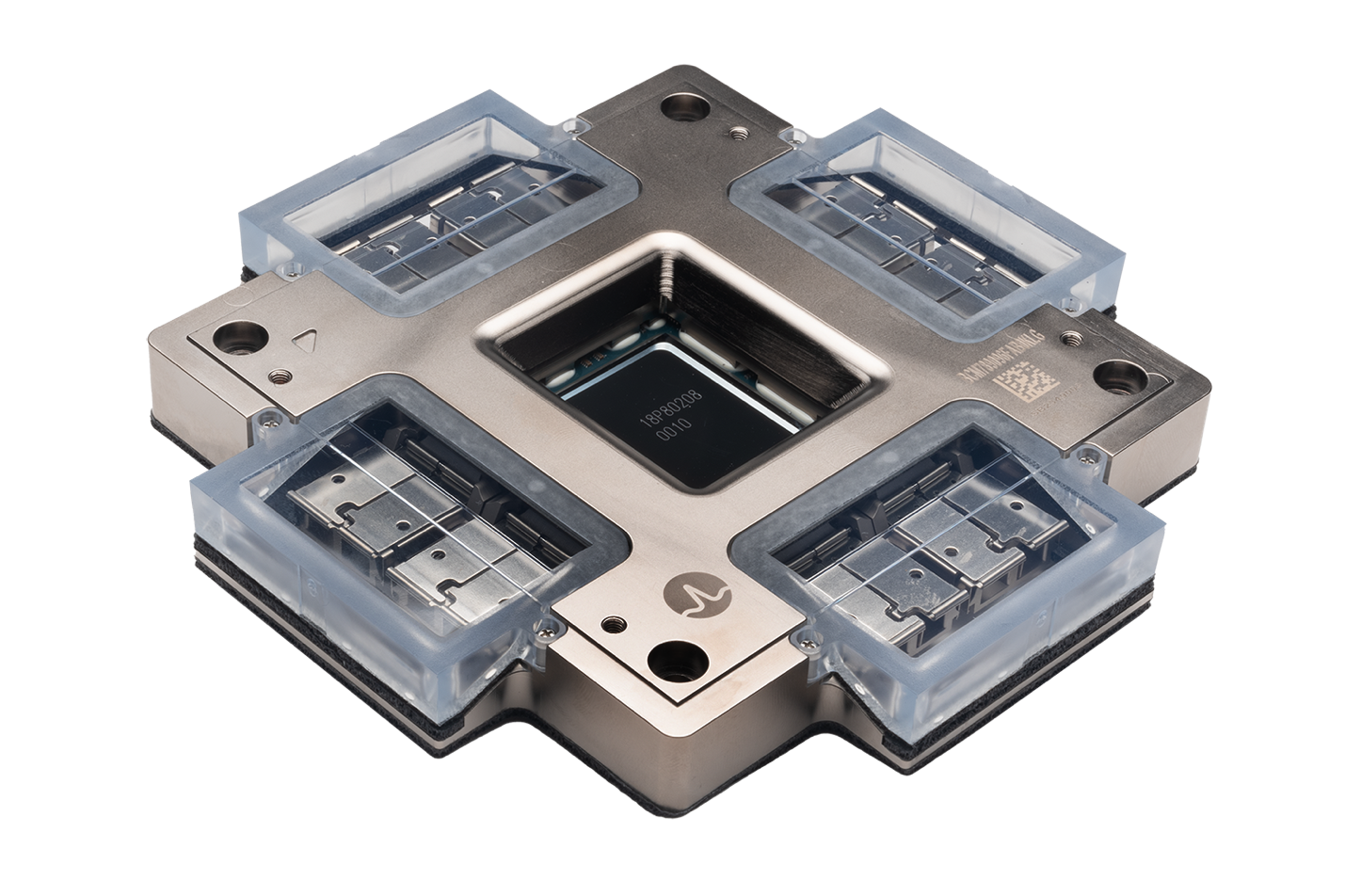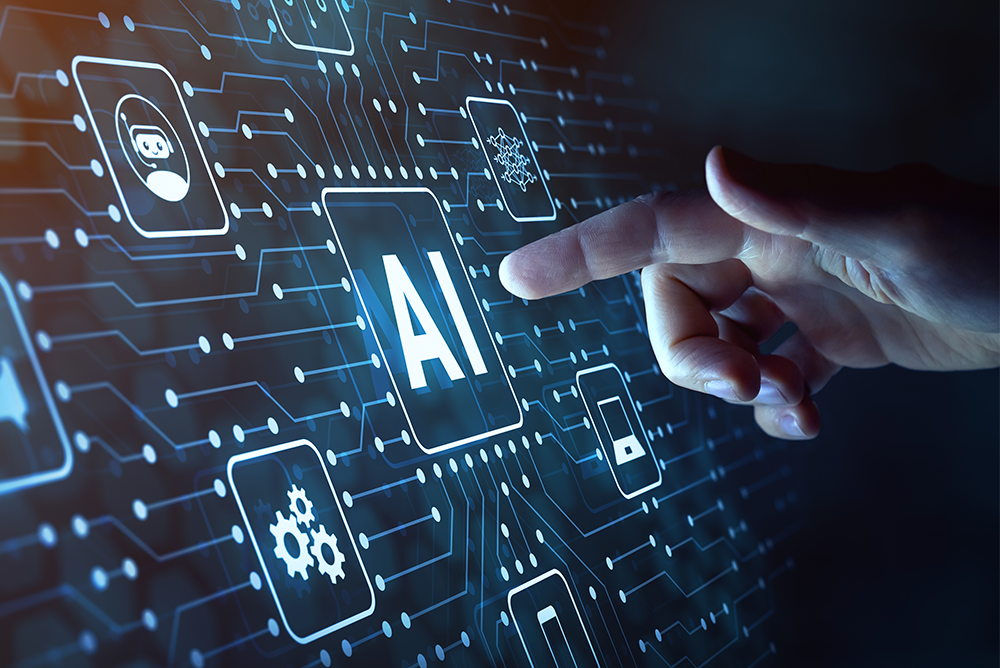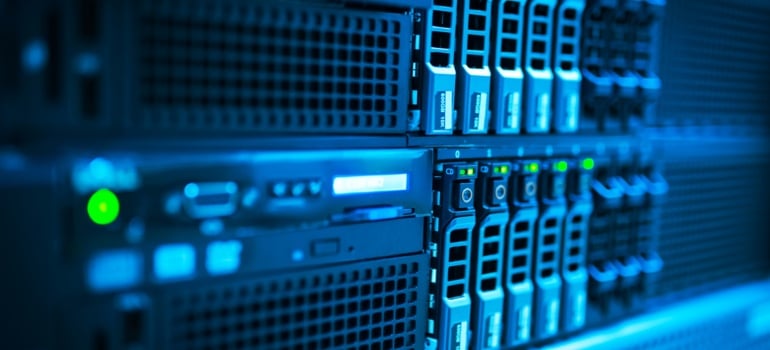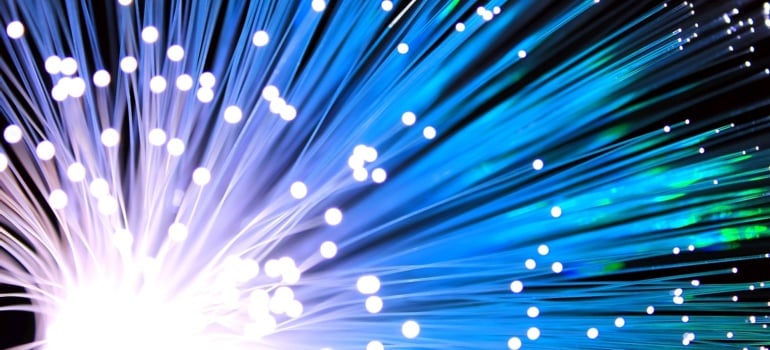The internet may feel like an invisible, instant force connecting the world, but behind it lies a vast infrastructure that...
The internet may feel like an invisible, instant force connecting the world, but behind it lies a vast infrastructure that resembles the human body’s circulatory system. In this analogy, undersea fiber optic cables act as the main arteries of the global internet, moving vast amounts of data across oceans much like arteries pump blood through the body. Data centers are akin to organs, processing and managing the data before sending it out. Meanwhile, cable landing stations are the capillaries that connect the cables to the local data centers, and just like in the human body, each component plays a critical role in keeping the whole system functioning.
The Undersea Fiber Cables: The Arteries of the Internet
Just as arteries are the main highways for blood circulation, undersea fiber optic cables are the primary paths that data takes as it flows between continents. These cables stretch for thousands of miles across the ocean floor, transporting data in the form of light signals at incredible speeds. This “data blood” powers everything from email to video streaming, allowing for seamless global communication.
Similar to how arteries have the crucial job of carrying oxygenated blood from the heart to the rest of the body, undersea cables carry the vast majority of the world’s internet traffic (over 99%) between countries. Without these arteries, the internet as we know it would not function effectively, and large-scale communication between continents would be drastically slower.
Cable Landing Stations: The Internet’s Capillaries
As blood flows through arteries and eventually reaches smaller capillaries that connect it to organs and tissues, data traveling through undersea cables reaches cable landing stations. These stations act as the “capillary” network of the internet, linking the massive undersea arteries to the terrestrial fiber networks on land.
Once data arrives at a landing station, it is handed off to the local infrastructure, where smaller fiber optic cables route it to local data centers, cities, or even directly to businesses and homes. This is similar to how capillaries deliver nutrients and oxygen from the bloodstream to tissues throughout the body.
Data Centers: The Organs of the Internet
Just as organs process and regulate what the body needs, data centers serve as critical processing hubs for the global internet. They manage, store, and distribute the data that flows through the network, ensuring that websites load, cloud applications function, and data is delivered to users efficiently.
When data travels across the world, it doesn’t just pass through undersea arteries without processing—it needs to be stored and analyzed. Data centers take the “nutrients” (data) from the internet arteries and process them into usable information, much like organs process the oxygen and nutrients carried in the bloodstream to fuel the body.
Imagine you’re streaming a movie from a service like Netflix. The movie file is stored in a data center, where it is processed and prepared for delivery. Just like the liver processes nutrients from the blood, the data center processes the information, making it ready to be sent to your device through the internet’s vast network of fibers.
How Data Flows: The Journey of Blood and Data
Let’s follow the flow of data, paralleling it to the body’s circulation of blood:
Data Creation – The Spark
When you request something from the internet, like accessing a video on YouTube, it’s like the heart sending out a signal. Your device sends a data packet to a nearby data center, acting as the heart’s first beat, starting the journey.
Initial Data Transfer to Local Network (Arteries)
This data is sent to a local data center through terrestrial fiber cables, much like the way blood is pumped through major arteries to reach different parts of the body. The data center either handles the request or forwards it along to another part of the world if the content is hosted in a different location.
Connecting to an Undersea Cable (Main Arteries)
If your request needs to travel across the ocean, it enters the undersea cable network at a cable landing station, just like blood flows through the body’s largest arteries. These undersea cables then carry the data to its destination—another country, or even another continent—spanning thousands of miles under the sea.
Signal Amplification (Arterial Pressure Boosters)
Along the way, the signal is boosted by repeater stations along the cable, akin to how the heart’s strong contractions keep blood moving through arteries, ensuring it reaches even distant parts of the body.
Arriving at Another Cable Landing Station (Capillary Network)
Once the data reaches the opposite side of the ocean, it arrives at another cable landing station. From there, it flows into the local terrestrial fiber network, just as blood transitions from arteries into capillaries to nourish tissues.
Processing at a Foreign Data Center (Organ Processing)
The data arrives at the relevant data center—think of it as an organ—where it is processed, stored, or forwarded on for delivery. If you’re streaming a movie, for example, the data center will retrieve the file, break it into smaller data packets, and prepare it for the return journey to your device.
Returning to Your Device (Veins Returning Blood)
Once the data has been processed and packaged, it’s sent back through the same network, crossing the undersea arteries, landing stations, and local fiber networks until it reaches your device. Just like veins return blood to the heart, data travels back through the network, completing the cycle.
The Symbiotic Relationship
In both the human body and the internet, every part of the system is crucial for proper functioning. The undersea cables (arteries), cable landing stations (capillaries), and data centers (organs) all rely on one another to ensure smooth data flow across the world. If one part of the network fails—whether it’s a severed undersea cable or an overloaded data center—the whole system can be affected, just like a blockage in an artery could disrupt blood flow to an organ.
Challenges and Future of the Internet’s Arteries
Just as the body’s arteries can face issues like blockages or injury, the undersea fiber cables are vulnerable to damage from external forces such as ship anchors, earthquakes, or even marine life. For example, in 2008, a severed cable in the Mediterranean Sea caused widespread internet outages across the Middle East and South Asia, akin to a sudden blockage cutting off blood flow.
To protect against such risks, redundancy is built into the system. Multiple cables and landing stations ensure that if one route is damaged, the data can be rerouted, much like how the body has multiple blood vessels to maintain circulation in case of injury.
As the demand for data continues to grow with the rise of artificial intelligence, cloud services, and 5G technology, the arteries of the internet are expanding. New undersea cables are being laid, and data centers are becoming more powerful, much like how the body’s circulatory system adapts to the demands of physical growth and increased activity.
Conclusion
Undersea fiber cables are the arteries of the internet, allowing data to flow freely across continents just as blood circulates through the body. Cable landing stations act as the capillary network, connecting these arteries to data centers, which process and distribute the data, much like organs nourish the body.
This complex, global network ensures that every website you visit, every video you stream, and every message you send can travel across the world in the blink of an eye. Without this infrastructure, our modern internet—like the human body without a circulatory system—would simply not function.
Recent Posts
Introduction: A New Chapter in Optical Connectivit
Low-loss fiber connectivity is essential for...
Starting a data center hardware upgrade is a...
Posts by Tag
- data center (12)
- Fiber Optic Cables (11)
- Cabling (7)
- NETWORKING (6)
- Structured Cabling (6)
- Fiber Optic Cabling (5)
- Fiber Cable (4)
- Networking Cables (4)
- Fiber Cables (3)
- Hardware Security (2)
- IT Infrastructure (2)
- Port Replication (2)
- Sustainability (2)
- AI (1)
- Brocade (1)
- Carbon Offsetting (1)
- Data Security (1)
- FCOE Works (1)
- ICLs (1)
- IT Equipment (1)
- IT Network (1)
- IT infrastructures (1)
- POE (1)
- Switches (1)
- Tapped Holes (1)
- data centers (1)
- hardware (1)
- infrastructure (1)
- storage (1)
- strategy (1)
Popular Posts
Why does the gauge matter in my network’s racks?...
High dB loss in fiber optic cabling...
Let’s look at the construction of fiber optic...








